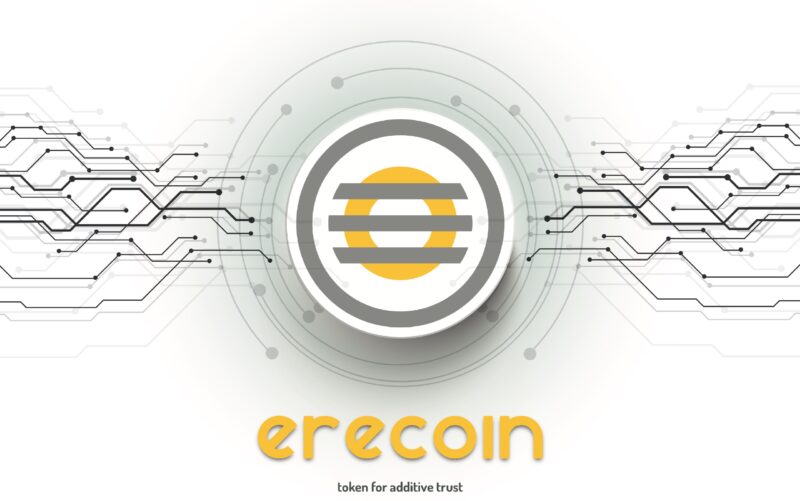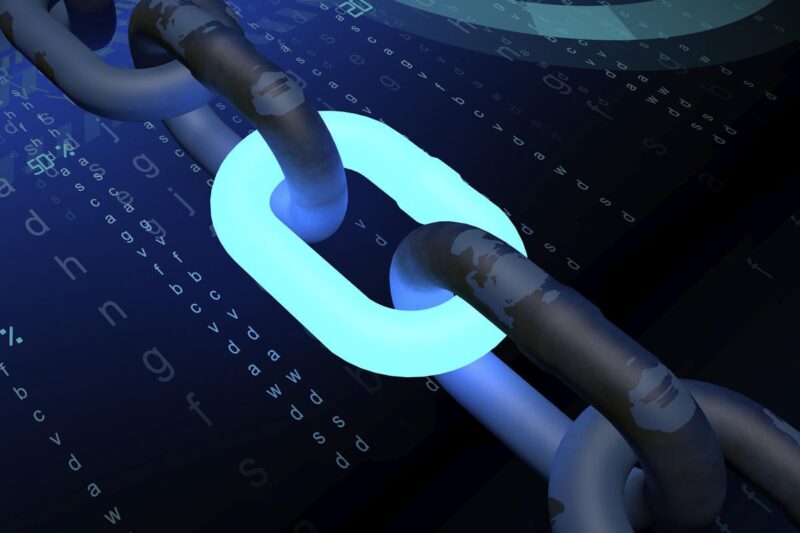We have all known for a long time that cryptocurrencies are one of the most lucrative and smartest ways to invest today. Today, thousands of different currencies differ in their value. Cryptocurrencies are specific because they exist only in digital form, but they have their value. In addition, they are subject to volatility and for this reason, their value can change several times during the day. Given that there is no central authority to manage them, neither the Government nor the bank often cites them as suitable for money laundering. For this reason, in some countries, their status is still not fully regulated, although progress is being made. They are based on the principle of blockchain technology, which is considered very safe because all transactions are performed peer-to-peer, ie without intermediaries.
Blockchain technology is based on the idea that digital information is exchanged between everyone nodes participating in a particular system. Each individual node maintains its own copy of any relevant information and thus avoids the need for a central authority who controls the information. Blockchain will allow us to maximize the protection of records by using cryptographic functions. Each node in the system will possess equivalent information which is achieved by applying a consensus-building algorithm. The most famous are proof-of-work and proof-of-stake, which we will talk more about later.
A blockchain consists of blocks that are strung or connected in a chain where each of the blocks has a series of records. The blocks are connected by an algorithm that uses a hash function. The connection between blocks is very difficult to forge or hack because it is also an algorithm that uses high-level cryptography. As mentioned earlier, blockchain technology arose primarily as an idea on which the digital cryptocurrency Bitcoin would be based. However, today it is being implemented in other businesses as well as in additive production.

Relatively complicated parts can be made by additive manufacturing processes geometry based on a computer 3D model of the creation in a relatively short time. The difference of such creations in relation to creations made by some classical processing methods polymer (e.g. by injection molding or extrusion) is in the properties of the formations (mechanical properties, dimensional stability, surface appearance, weather resistance, etc.) which are quite different. High market demands oriented to making complicated creations in the shortest possible time set new goals in terms of additive procedures properties of materials, machines, and computer support. Additive production can shorten the time and reduce the cost required to make a new creation from the initial concept to the production. Additive procedures can help recognize the basic errors on the creations that are in the later stages of their production expensive to correct. However, the parts produced by additive production are not cheap (their price is affected by: production time, price of necessary equipment, and after maintenance.
An idea is needed to start making any product. To turn an idea into the finished product needs to go through several stages of concept development, design, elaboration necessary documentation, making prototypes, reworking prototype defects and finally making the finished product. All these phases represent a certain cost and waste of time. Additive production is a term that refers to the manufacture of products by adding material.
With a small upgrade of the basic technology, blockchain, we can not only change the whole the financial system already and much more. This is made possible by smart contracts, ie. computer programs that can be written by any cryptocurrency user and that run on a blockchain.
With a small upgrade of the basic technology, blockchain, we can not only change the whole financial system already and much more. This is made possible by smart contracts, ie. computer programs that can be written by any cryptocurrency user and that run on a blockchain. Smart contracts are one of the possible upgrades to the blockchain concept, in which the program code is entered into the blockchain as a type of data, and the blockchain allows the data to be immutable, so if the two parties agree that the smart contract or program code will decide on whether something will happen, they do not need a third party to approve, record, or monitor that contract.
So, again, we are talking about reliability and anonymity because the presence of a third party is unnecessary. Such agreements provide the possibility of exchanging money (cryptocurrency), shares, and other assets without intermediaries. From a security point of view, smart contracts are secure but there may be options for certain problems if not everything is programmed in the best form. On erecoin.io you will find everything you need to know about it. Erecoin is one of those platforms that provides you reliability, safety, practicality. The features that a smart contract should satisfy are the following – automatic execution, feasibility, interoperability, and resistance to external errors in the system, safe and unstoppable once they are started.
They can include operations such as updating data in the simplest sense or performing certain operations that depend on variation in the predefined conditions. For example, a more complex smart contract can determine whether the cost of transporting a particular product depends on how much depends on where the product is transported and at what time it arrives at its destination.

The big problem of today’s entertainment industry is piracy and copyright infringement. Musicians, photographers, writers, and other artists are deprived of royalties for non-compliance with their copyright or intellectual property. Given the above, it can be seen how smart contracts and blockchain technology can speed up processes and at the same time make them more secure and transparent than current solutions. What we want to point out is that the possibilities of blockchain technology and smart contracts are huge and almost limitless. Smart contracts are transparent because every transaction is written in blockchain and the whole system is open and accessible to everyone. It is to be expected that the blockchain will technology and smart contract capabilities to replace existing outdated centralized systems mediation bringing with it a high level of security, speed, transparency, and economy.
